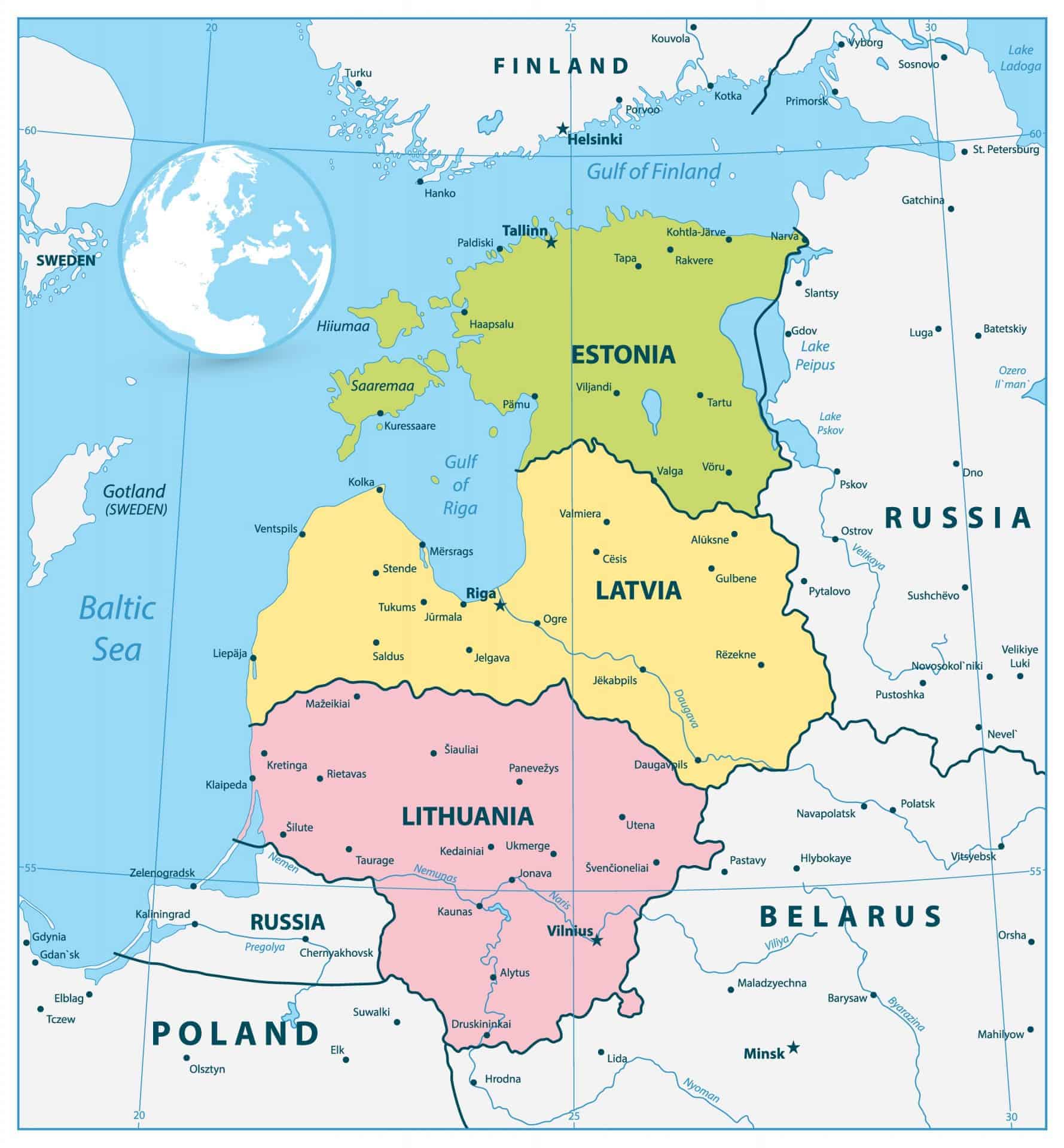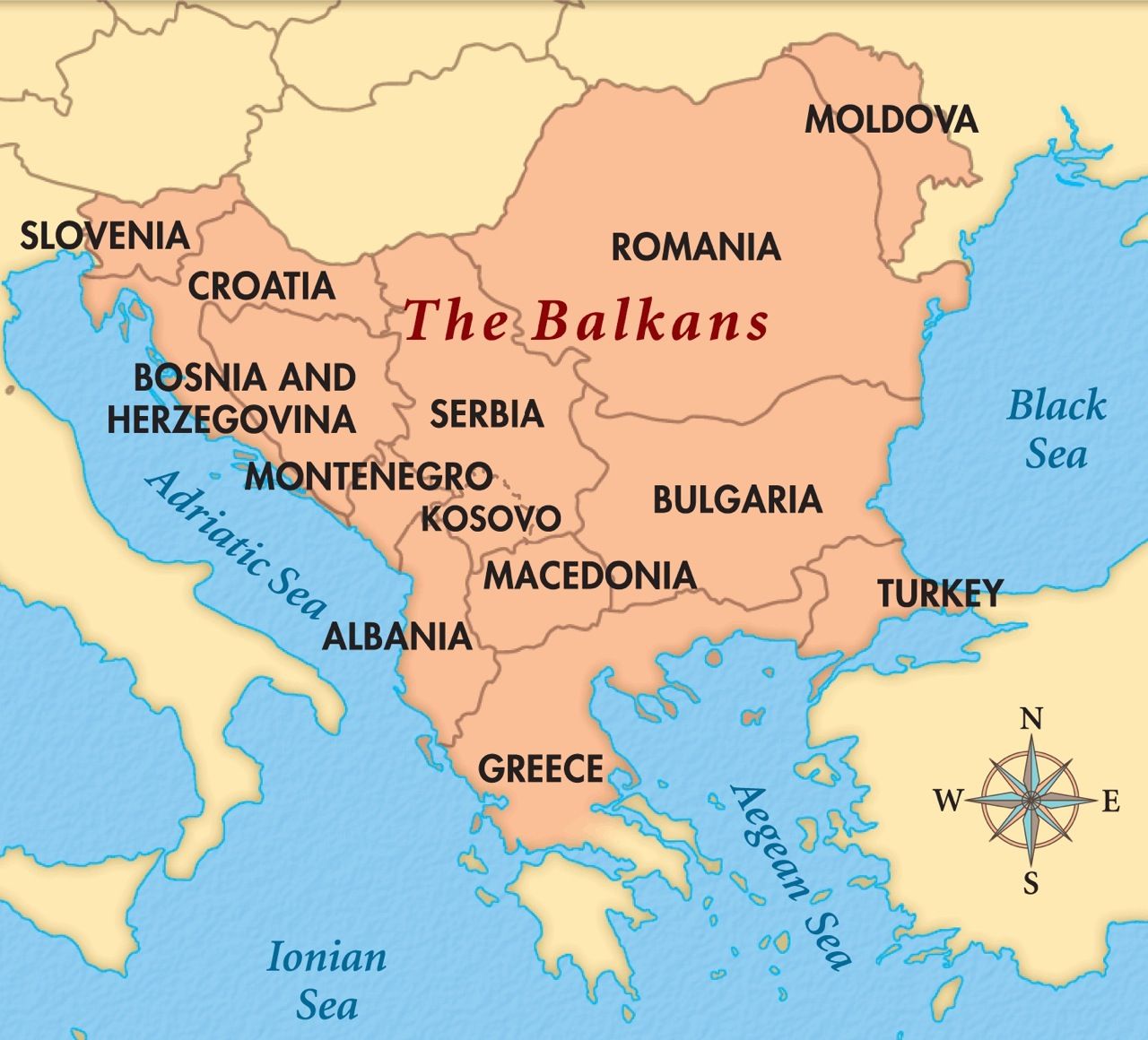International Relations
Lithuania Quits China’s 17+1
- 24 May 2021
- 4 min read
Why in News
Recently, Lithuania quit China’s 17+1 cooperation forum with central and eastern Europe, by calling it “divisive”, now it is 16+1.
- Lithuania (Baltic Country) urged other EU (European Union) members to pursue “a much more effective 27+1 approach and communication with China.”
Key Points
- About 17+1:
- Formation:
- The 17+1 (China and Central and Eastern Europe Countries) initiative is a China-led format founded in 2012 in Budapest with an aim to expand cooperation between Beijing and the CEE (Central and Eastern Europe) member countries, with investments and trade for the development of the CEE region.
- Member Countries:
- The initiative includes twelve EU member states and five Balkan states — Albania, Bosnia and Herzegovina, Bulgaria, Croatia, Czech Republic, Estonia, Greece, Hungary, Latvia, Lithuania, Macedonia, Montenegro, Poland, Romania, Serbia, Slovakia and Slovenia.
- Aim and Objectives:
- The framework focuses on infrastructure projects such as bridges, motorways, railway lines and modernisation of ports in the member states.
- The platform is largely seen as an extension of China’s flagship Belt and Road initiative (BRI).
- India has consistently opposed BRI as a key part of it passes through Pakistan-occupied Kashmir (PoK).
- Formation:
- Background of Declining Relations:
- China’s Narrative towards 17+1 Initiative:
- China’s narrative towards the 17+1 initiative is about improving its relations with the European countries that are less developed as compared to the Western European states.
- Trade relations between China and the CEE countries remained modest, leading to an increasing trade deficit since its inception.
- Growing Distance:
- Czech Republic President’s decision to skip the ninth summit of the 17+1 initiative citing lack of actual investments, had showcased the differences between Beijing and Prague.
- Some CEE countries refused to attend the BRI event in 2020.
- The Huawei Equation:
- Some CEE countries signed a declaration with the US to ban China’s 5G network expansion.
- China’s Narrative towards 17+1 Initiative:
Baltic Countries
- Baltic states, the northeastern region of Europe, includes the countries of Estonia, Latvia, and Lithuania, on the eastern shores of the Baltic Sea.
- The Baltic states are bounded on the west and north by the Baltic Sea, which gives the region its name, on the east by Russia, on the southeast by Belarus, and on the southwest by Poland and an exclave of Russia.
- The Baltic region is not rich in natural resources. Though Estonia is an important producer of oil shale, a large share of mineral and energy resources is imported.
- India and Baltic countries have historical connection and common linguistic roots. The cutting edge technology and innovation ecosystems of the Baltic countries complement India’s huge market and appetite for these technologies.
Balkan Countries
- The geographic term is used for ten sovereign states: Albania, Bosnia and Herzegovina, Bulgaria, Croatia, Kosovo, Macedonia, Montenegro, Romania, Serbia, and Slovenia.
- The region takes its name from the Balkan Mountain, and Balkan Countries are found in Southern Europe.
- It is a unique territory inhabited by South Slavs who form the majority of the population in Balkan Region.
- Region has a very diverse ethno-linguistic scenario. The Bulgarians, Macedonians, and Slovenes speak their own Slavic languages, while the Slavs of Serbia, Croatia, Bosnia and Herzegovina, and Montenegro all speak dialects of Serbo-Croatian.








